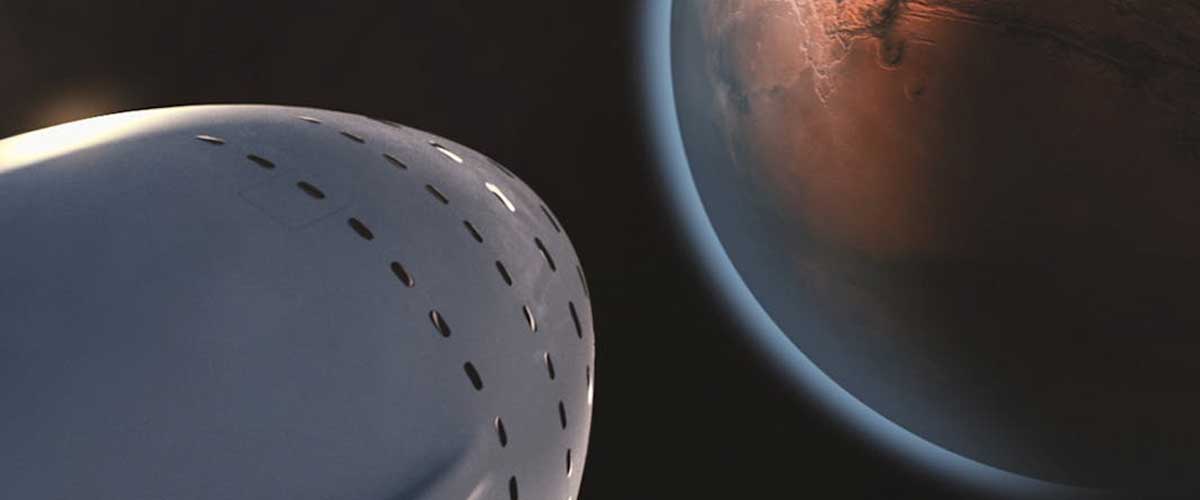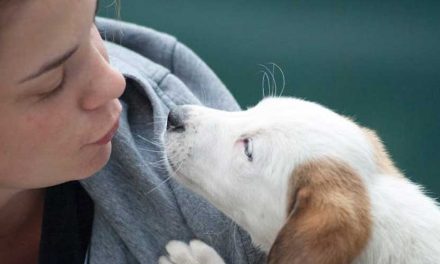As humanity looks toward the stars and considers the possibilities of colonizing other planets, one might wonder how our beloved pets, especially dogs, would adapt to life on Mars.
The prospect of a canine companion on the Red Planet opens up a fascinating discussion about the challenges and adaptations necessary for survival in such an alien environment.
The Environment Mars presents a drastically different setting than what dogs are accustomed to on Earth.
With thin atmosphere, low temperatures, and high radiation levels, a dog would need to adapt in several ways.
For starters, the average temperature on Mars hovers around -80 degrees Fahrenheit (-62 degrees Celsius), which is inhospitable for most terrestrial mammals.
To cope in this frigid environment, a dog would require specialized gear, such as insulated suits, to retain body heat and protect it from radiation.
Diet and Nutrition
Feeding a dog on Mars would pose its own challenges.
On Earth, dogs thrive on a balanced diet that includes protein, carbohydrates, and fats.
In a Mars colony, sourcing these nutrients may not be straightforward.
The diet would likely have to consist of pre-packaged, nutrient-rich food, similar to what astronauts eat, but adapted to meet a dog’s dietary needs.
Researchers would need to ensure that the food is not only safe but also palatable for canine tastes.
Social Interaction
Dogs are inherently social animals, thriving on interaction with humans and other dogs.
In a Mars colony, they would continue to seek companionship, providing comfort and emotional support to their human counterparts.
The psychological benefits of having a dog in a confined, isolated environment could be invaluable, helping to reduce stress and improve mental health among the crew.
However, careful consideration would need to be taken to ensure that the dog can exercise and socialize appropriately within the confines of a space colony.
Exercise and Mental Stimulation
The reduced gravity on Mars, which is about 38% that of Earth, would affect how a dog moves and exercises.
While dogs are naturally agile and can adapt, they would need new routines and environments to stimulate their physical and mental health.
More open spaces or specially designed areas would be essential for play and exercise.
Enrichment activities could help alleviate boredom and promote mental engagement, which is particularly important for a dog’s well-being.
Behavioral Adaptations
Living in a colony on Mars could also bring about behavioral changes in dogs.
The potential for isolation from other animals may lead to increased attachment to human companions but could also result in anxiety or behavioral issues if not managed properly.
Training and socialization would be critical components of a dog’s life on Mars, ensuring they remain well-adjusted despite the drastic changes in their environment.
Conclusion
While the notion of a dog living in a Mars colony may seem far-fetched, it highlights the adaptability of these incredible animals.
With proper planning, care, and technology, it’s conceivable that our four-legged friends could accompany us on our interplanetary adventures.
Taking into account their needs and well-being is crucial as humanity embarks on this new frontier.
The companionship of a dog, even among the stars, may not only enhance human experience but also prove that the bonds we share with our pets are truly universal, transcending even the boundaries of Earth.









